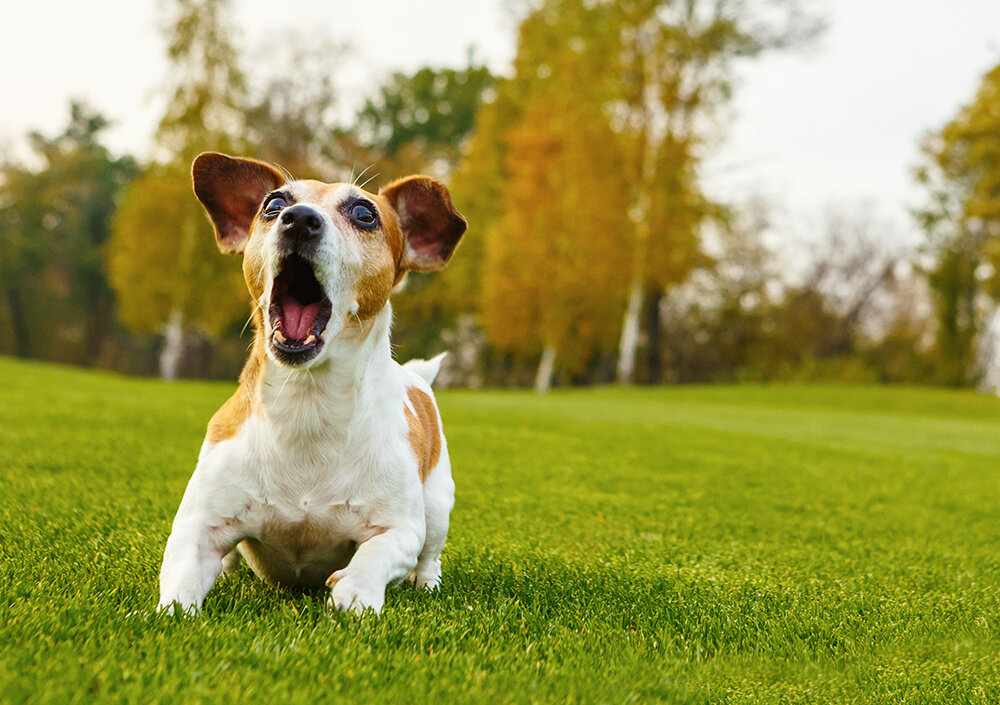
Why talk to dogs?
Dogs don’t speak our language - or do they?
We all know dogs don’t speak English…..or Swedish….or German….or Japanese, right? And yet, many dog owners insist that their dog understands what “No” means. If you think about it, your dog probably knows what “wanna go outside?’, “wanna go for a walk (or a drive)?", or “do you want a treat?” means - along with so many other unspoken cues like picking up our keys, our shoes, the dog’s leash, opening the fridge, etc.
We teach dogs life skills and cues
Dogs are smart. Most people know that, even if they may sometimes say that their dog is “stupid”, “stubborn”, or “not very smart” . I have often heard or seen clients be genuinely surprised at how fast their dog learned a new skill. As a Dog Trainer, I have thankfully been able to give a lot of relief to dogs and their humans, and build closer bonds and help humans enjoy their dog more. That is what dog training is all about. That is what is satisfying about this occupation. Helping dogs and humans live happier lives together.

How To Keep Children Safe Around Dogs
Recently, we have had a couple of clients with small kids who experienced their dog suddenly nipping, lunging, or biting their kid, apparently ‘out of the blue’. This is quite a common problem for families with small kids and dogs. Kids like to hug, kiss, and reach out to touch in sudden quick movements. Most kids squeal, shout, jump, run, and attempt to put things in the dog’s face, etc. They like to take things away from a dog, or tease the dog.
Unfortunately, these are all things that dogs don’t generally like. It is important to understand that a dog never does anything without something triggering his behavior. It could be something very subtle or unnoticeable to the untrained eye. It can be something in his environment, like a dog barking outside and your kid runs by at the same time. It can be something your child has done on a few occasions that the dog doesn’t like and then suddenly snaps. It can be something physical. Perhaps she is in pain. When a dog reacts, aggressively or fearfully, it is usually due to a perceived threat.
